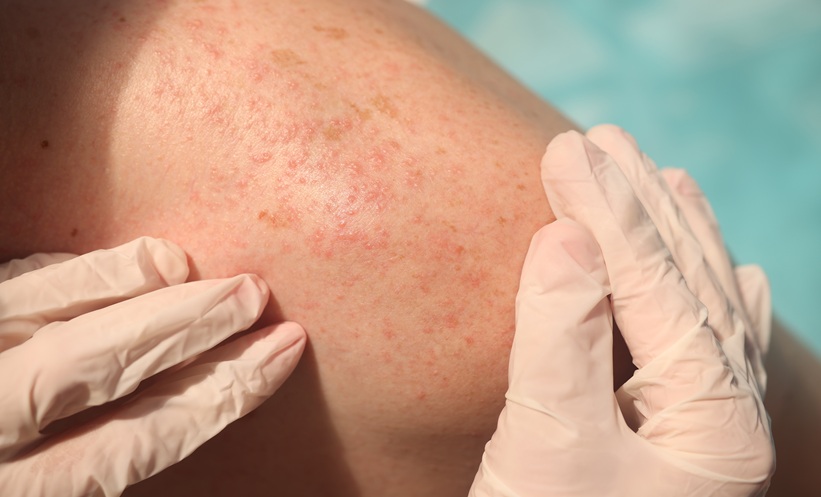CAESAREAN sections have revolutionised modern medicine, greatly improving the survival rates of both mothers and babies. In 2013–2014, caesareans accounted for 26% of births in the UK.1 Now, new research has highlighted potential long-term, knock-on effects of the frequently used procedure on the future health of the child.
Researchers, led by Dr Maria Dominguez-Bello, Department of Medicine, New York University, New York, USA, sought to investigate the link between caesarean delivery and the risk of childhood obesity in future. It is believed that by bypassing the vagina during the caesarean procedure, the baby lacks exposure to the maternal microbial flora that help to correctly kick-start the baby’s immune and metabolic systems, and thus promote a healthy weight. To study this mechanism, Dr Dominguez-Bello and her team compared 34 mice caesarean-delivered and 35 control mice delivered naturally via the mother’s birth canal.
The researchers monitored the microbiome of the mice through bacterial DNA extraction and analysis, which allowed the levels of individual bacteria species to be monitored throughout the animal’s life. The results showed that the caesarean-delivered mice lacked bacteria attributed to a leaner body type, including Bacteroides, Clostridiales, and Ruminococaceaewhich were abundant in normal birth mice; additionally, the microbiome of the caesarean mice grew rapidly at first, but then stagnated. Female caesarean mice were more seriously affected and, at 15 weeks of age, were 70% heavier than their normal birth counterparts.
The study is the first to provide concrete evidence linking the mechanism of birth to the risk of obesity development due to alterations to the microbiome. The authors suggest that offspring exposure to the mother’s birth fluid, via something as simple as a swab, could be enough to replenish the lost bacteria. The authors surmised: “Our results support the hypothesis that acquiring maternal vaginal microbes is needed for normal immune and metabolic development.”
Whilst this is only one study, carried out in a small cohort of mice, further studies in mice and analysis of human data are required. These results, however, highlight the need to consider the knock-on effects of such a common procedure. “Labour and delivery [have been] medicalised excessively, and [need] to be rehumanised. We need to use our technology respecting our biology,” concluded Dr Dominguez-Bello.
References
- National Childbirth Trust. Maternity statistics – England. 2015. Available at: https://www.nct.org.uk/professional/research/maternity%20statistics/maternity-statistics-england. Last accessed: 16 October 2017.
(Image: freeimages.com)








